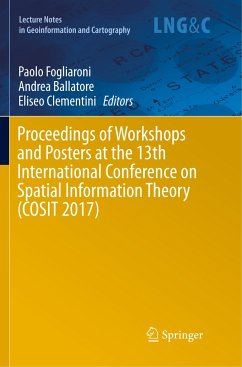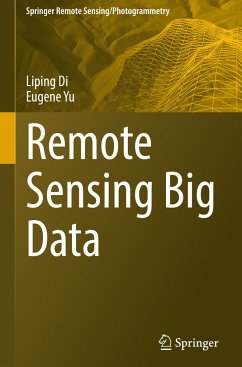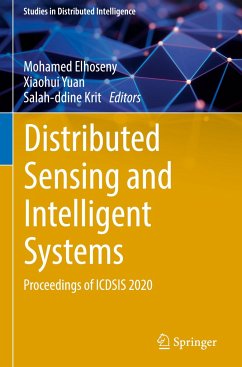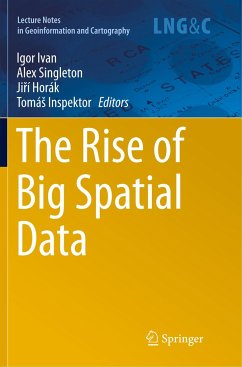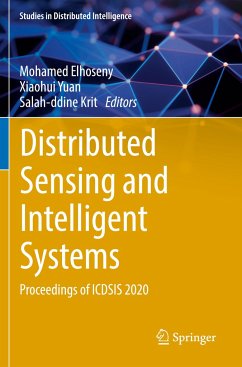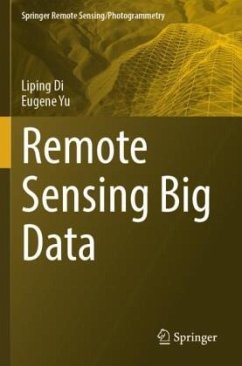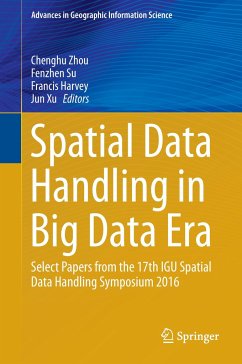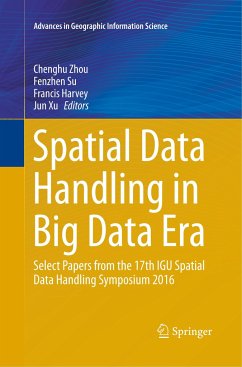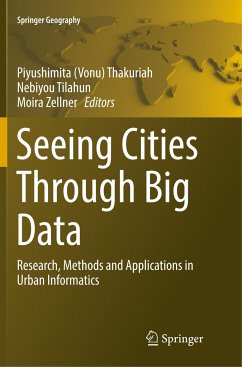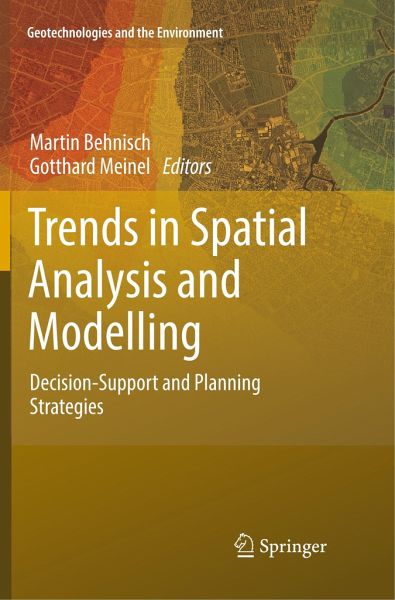
Trends in Spatial Analysis and Modelling
Decision-Support and Planning Strategies
Herausgegeben: Behnisch, Martin; Meinel, Gotthard
Versandkostenfrei!
Versandfertig in 6-10 Tagen
83,99 €
inkl. MwSt.

PAYBACK Punkte
42 °P sammeln!
This book is a collection of original research papers that focus on recent developments in Spatial Analysis and Modelling with direct relevance to settlements and infrastructure. Topics include new types of data (such as simulation data), applications of methods to support decision-making, and investigations of human-environment data in order to recognize significance for structures, functions and processes of attributes. Research incorporated ranges from theoretical through methodological to applied work. It is subdivided into four main parts: the first focusing on the research of settlements...
This book is a collection of original research papers that focus on recent developments in Spatial Analysis and Modelling with direct relevance to settlements and infrastructure. Topics include new types of data (such as simulation data), applications of methods to support decision-making, and investigations of human-environment data in order to recognize significance for structures, functions and processes of attributes. Research incorporated ranges from theoretical through methodological to applied work. It is subdivided into four main parts: the first focusing on the research of settlements and infrastructure, the second studies aspects of Geographic Data Mining, the third presents contributions in the field of Spatial Modelling, System Dynamics and Geosimulation, and the fourth part is dedicated to Multi-Scale Representation and Analysis.
The book is valuable to those with a scholarly interest in spatial sciences, urban and spatial planning, as well as anyone interested inspatial analysis and the planning of human settlements and infrastructure.
Most of the selected papers were originally presented at the "International Land Use Symposium (ILUS 2015): Trends in Spatial Analysis and Modelling of Settlements and Infrastructure" November 11-13 2015, in Dresden, Germany.
The book is valuable to those with a scholarly interest in spatial sciences, urban and spatial planning, as well as anyone interested inspatial analysis and the planning of human settlements and infrastructure.
Most of the selected papers were originally presented at the "International Land Use Symposium (ILUS 2015): Trends in Spatial Analysis and Modelling of Settlements and Infrastructure" November 11-13 2015, in Dresden, Germany.



